If TV is an art form, then the highest art today would have to be 4K TV — and Leonardo da Vinci, the genius Renaissance man who made waves in science and art, would agree.
If you need help figuring out whether your TV is 4K, read on! In this post, we’ll walk you through the steps; plus, we’ll show you how you can make the most of the unit to have the best immersive experience ever while watching, so read up.
How do I know if my TV is 4K?
Know if your smart TV is a 4K TV by skimming through your TV’s user manual. Alternatively, scour the TV menu options to find the display or information page or look up the device’s display specifications online.
Here are the detailed steps you can take to figure out whether your TV is 4K or not:
1. Check the TV’s user manual.
Since you’ve wandered into this guide, you must ponder, “How do I know if my TV is 4K?” In this case, the user manual that came with your TV is the best source of information for finding out your unit’s actual supported resolution.
This method is the most straightforward way to determine if your TV supports a 4K resolution. This will be only difficult for you if you’ve forgotten where you last put your TV’s user manual, making you scramble to find it.
Once you’ve found it, simply skim its contents to find the resolutions supported on your TV. This information is usually in tables listing the devices’ supported formats and resolutions for images and video codecs.
More often than not, the TV resolution is printed on the first pages of the manual. So, that should make it a walk in the park.
If it’s not there, take a look at sections that are titled “Specification” or “Device Info”. As important as the data is, the specs are the last thing any manufacturer would forget to put in their manual.
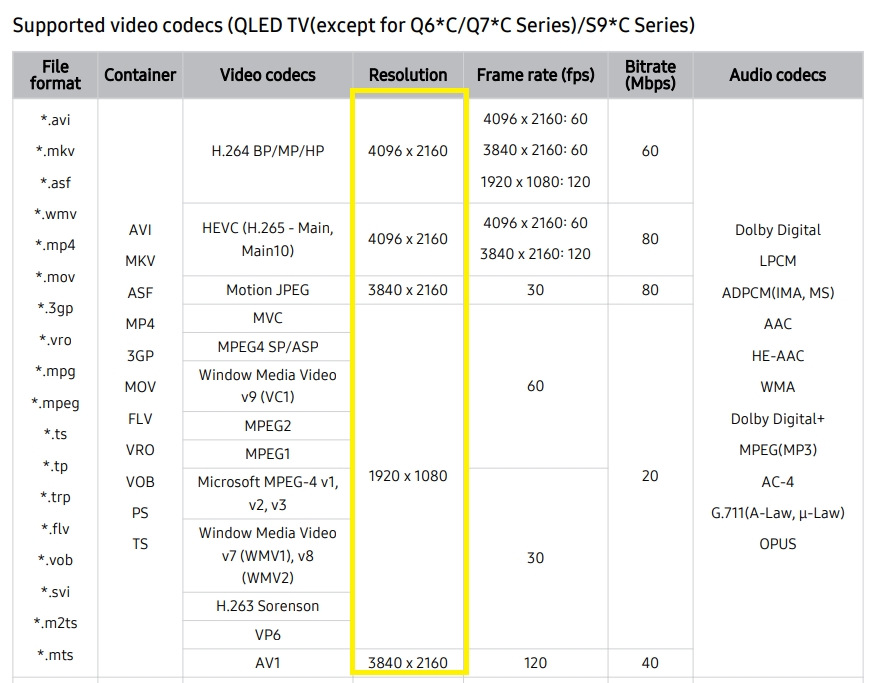
Your TV’s user manual should list 3840 x 2160 as a supported resolution, as it’s considered the standard 4K resolution for television. If only lower resolution values are listed, your TV doesn’t support a 4K resolution.
In this sense, numbers don’t lie. It’s worth noting that different TV brands may call 4K resolution different things (e.g., Ultra HD, 4K UHD TV); still, the pixel numbers should end up at 3,840 horizontal x 2160 vertical or about 8.3 million pixels.
That kind of resolution is four times clearer than your usual high-definition TV. And the results should show.
2. Check the TV’s specifications from the device information screen.
| Difficulty | Very Easy ●○○○○ |
| Number of Steps | 6 |
| Time Required | 30 seconds |
| Things Needed | A TV remote control |
Locating a misplaced user manual might be troublesome for some, so we suggest a better alternative. And that is check your TV’s specification from its device information screen instead.
Most TVs will have a menu option for viewing their specifications where the resolution is listed. The advantage, of course, is this could be easier for you compared to finding a user manual that may have been lost in time.
Depending on your unit’s model and manufacturer, its menu layout might vary from other TVs. We’ve prepared an example of how to check the resolution on Android Smart TVs, as they all share similar menu layouts regardless of the brand.
You can also check all the menu options on your TV until you find its device information page. You can find this page on most TVs from the support or display menu.
| Step 1: Highlight and open the cog icon or account profile on the upper-right corner of your TV screen to open its settings menu. |
| Step 2: Scroll down and click TV settings. |
| Step 3: Select Display to access the display settings. |
| Step 4: Select the Screen resolution option. |
| Step 5: Scroll down and click Display Mode to check the device’s supported resolutions. Note: You might need to disable “Auto switch to best resolution” before entering the Display Mode. |
| Step 6: Look for a 4K resolution (3840 x 2160) option under the Display Mode. |
3. Check the TV’s specifications from your vendor’s website.
| Difficulty | Very Easy ●○○○○ |
| Number of Steps | 7 |
| Time Required | 30 seconds |
| Things Needed | A PC or smartphoneA working internet connection |
Finally, you can also visit the official website of your TV vendor to check the specifications of your unit. The layout of product pages for various TV brands will differ, but most of them should have a search function.
You can then take it from there and enter your TV model. Know this might vary a little bit from one manufacturer to another.
You will see the name of your TV on its product page, where manufacturers usually include “4K” as a keyword. From there, you can also head to the specification section of your TV’s product page to view its complete device information.
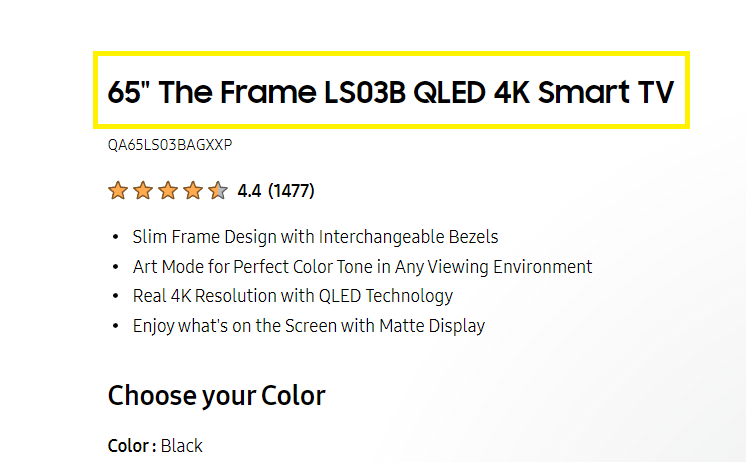
Some TV product pages will also have a download and support section where you can obtain a PDF file of your unit’s user manual or quick start guide. You can also download that PDF file to check the specifications of your TV.
You can follow the steps below to navigate your TV vendor’s product page and check your unit’s specifications. For your convenience, we’re using Samsung’s product pages.
| Step 1: Open an internet browser on a PC or smartphone. |
| Step 2: Visit your TV vendor’s product page. |
| Step 3: Click the search function on the product page to search for your TV model. |
| Step 4: Enter your TV model and select it from the search suggestions. |
| Step 5: Click SPECS to head to the specifications section of your TV’s product page. |
| Step 6: Click SEE ALL SPECS if the device’s specifications are hidden under a tab. |
| Step 7: Look for the resolution and check if it supports 4K (3840 x 2160). |
Here’s a rundown of the most popular brands and their support website. If your TV brand is not included, feel free to use Google for the latest update.
| TV brand | Support Website |
| Samsung | https://www.samsung.com/us/support/downloads/?model=N0002200 |
| Sony | https://www.sony.com/electronics/support/televisions-projectors/manuals |
| Toshiba | https://www.toshiba.com/support/television-product-support |
| TCL | https://www.tcl.com/au/en/support |
| Sharp | https://www.sharptvusa.com/support |
| Vizio | https://support.vizio.com/s/user-manual-search?language=en_US |
The list above is compiled randomly and does not reflect all the TV brands on the planet. Markets are also volatile so new TV brands could be introduced anytime.
Plus, this list is limited only for those residing in the United States so a little digging should be helpful if you live in another country.
What is 4K Resolution?
The resolution on a TV pertains to the number of pixels on its display screen. Therefore, 4K resolution is a screen resolution that is made up of about four thousand pixels horizontally.
Currently, that’s the biggest thing since smart apps happened on our flatscreens. The picture clarity is obvious and it’s something you would definitely want on display in your living room.
Pixel count is measured from the horizontal length of the display instead of its vertical length used for 1080p resolution. It means that a 4K resolution will have around four thousand pixels from the width of the image or video.
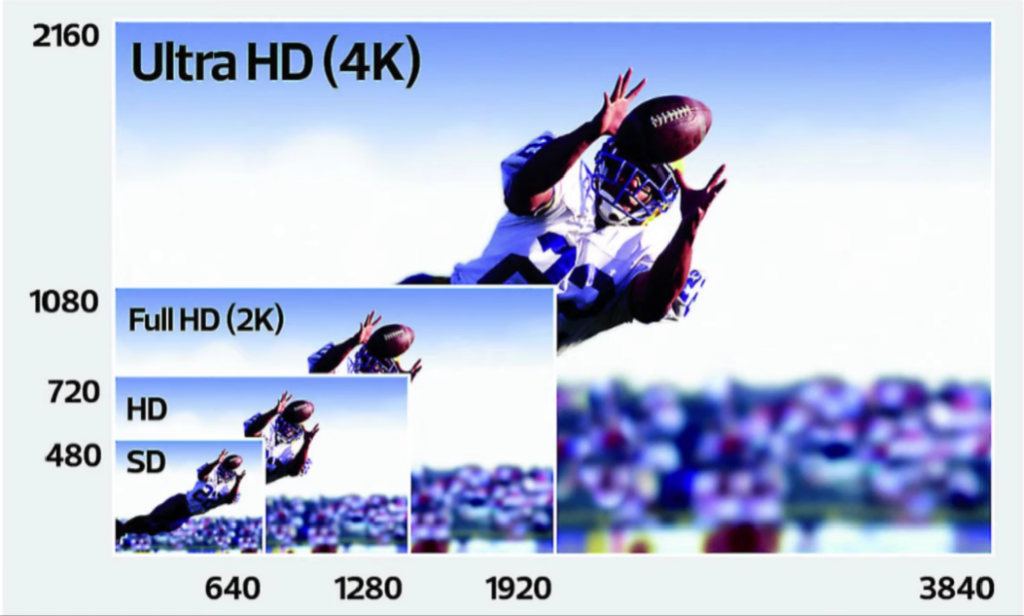
The standard 4K resolution for television is 3840 x 2160, and it doesn’t reach four thousand pixels, unlike the 4096 x 2160 resolution for Digital Cinema Initiative (DCI).
Still, A 4K TV resolution is beyond the 1080p HD resolution.
Overall, a 4K TV resolution will contain approximately eight million pixels in total. This gives 4K resolution, four times more pixels, and an aspect ratio compared to the Full HD 1080p screen resolution.
That means you will have a much more immersive expression sans the usual restrictions. You can watch movies up close or from a distance without ever noticing the individual pixels, and the picture comes in crisp and clear.
How do I view content in 4K resolution?
Viewing 4K content requires a device that supports 4K resolution, such as TVs, media players, etc. Depending on where you’re getting the content, you might need to meet more requirements to play content in 4K resolution without any issues.
This is a two-way relationship, to be clear. Even if you have a 4K TV but don’t have 4K content, the pictures you get won’t come in as crisp and as immersive as you want them to be.
Below are different platforms to access and watch 4K content using your TV. Please note that your TV needs to support at least 4K resolution to load and play content of the same quality.
1. Use streaming services to watch 4K content on your TV
Most streaming services offer 4K resolution content for TV, but you need a fast and stable internet connection to load them reliably. On top of your TV needing 4K capabilities, your streaming content should also come with a 4K viewing option.
Popular streaming services such as Netflix, Disney+, and Amazon Prime Video have a wide array of 4K content offerings you can enjoy watching on your TV. But let’s make it clear that not all content in these platforms is 4K content quality.
First, purchase a monthly subscription plan supporting 4K Ultra HD streaming. This is a must and you need to pay more to get the juicier content.
If you don’t, you’ll only be getting 720p resolution. This is a standard resolution for Netflix, for instance.
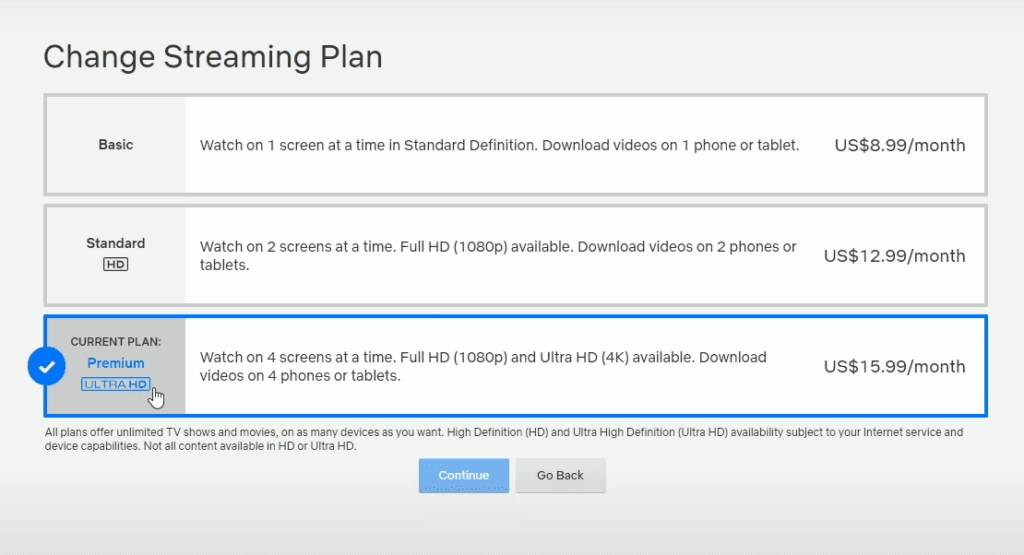
Plus, your internet connection must also provide you with at least 15 megabits per second of download speed to load 4K content without lag or buffering. This should not be taken lightly for you will suffer picture quality if you have substandard speed.
Not only that; on apps like Netflix, you must set the streaming quality to Auto or High to stream 4K content. By default, the platform’s streaming quality is set to “Auto”, giving you the best possible data usage mix.
To get to 4K quality whenever available, change the streaming quality to the highest possible option. That should mean you’ll get 4K quality whenever a 4K-quality movie is available.
2. Use YouTube to watch 4K content on your TV
| Difficulty | Very Easy ●○○○○ |
| Number of Steps | 4 |
| Time to Required | 10 seconds |
| Things Needed | A TV remote controlYouTube appA working internet connection |
Another way that you can view 4K content on your TV is to play them from the YouTube app. By accessing the settings from the video player on the YouTube app, you can freely choose between your desired streaming quality up to 4K resolution.
Please note that not all videos on the YouTube app are playable at 4K resolution, as it depends on the quality of the video uploaded to the platform. It means that if a video were uploaded at 1080p, that would be the YouTube video resolution.
Once you’ve found a 4K video on the YouTube app, you can start playing it on your TV, and you can set the video quality to 4K resolution. First, pause the video to navigate to the quality tab from the kebab menu on the YouTube video player.
As with watching on streaming platforms, your internet connection should also have at least 15 megabits per second of download speed. Otherwise, you won’t be able to watch 4K content smoothly, as you’ll be bombarded with countless lags or buffering.
This is the minimum download speed you need to have. Take note that if there are two or more people streaming content at the same time, your internet speed slows down and you would need faster internet than just 15 Mbps to watch 4K.
| Step 1: Pause the video you’re playing on your TV’s YouTube app to open the video player’s control panel. |
| Step 2: Scroll left and click the kebab menu to access more options on the YouTube app. |
| Step 3: Click the Quality option to set the video quality. Note: You should be able to tell immediately if you’re playing a 4K video on your YouTube app. If it’s already at 4K, you’re good to go, but if not, you need to continue with the next step. |
| Step 4: Select the 4K resolution. |
3. Use a 4K Blu-ray player to watch 4K content on your TV
External input devices like a Blu-ray player can allow you to enjoy 4K content on your TV. With this, you’ll need a Blu-ray player and a disc to play and hold 4K content.
After all, not all Blu-ray discs contain 4K content since not all movies get a physical release with this resolution. You can check out online lists of movies that are available in Ultra HD 4K resolution on Blu-ray, so you know what to get.
Please note that an HDMI cable with HDMI v2.0 support is needed to connect your 4K player to your TV. You also need to ensure the input you connect to on your TV is compatible with HDCP 2.2 or higher.
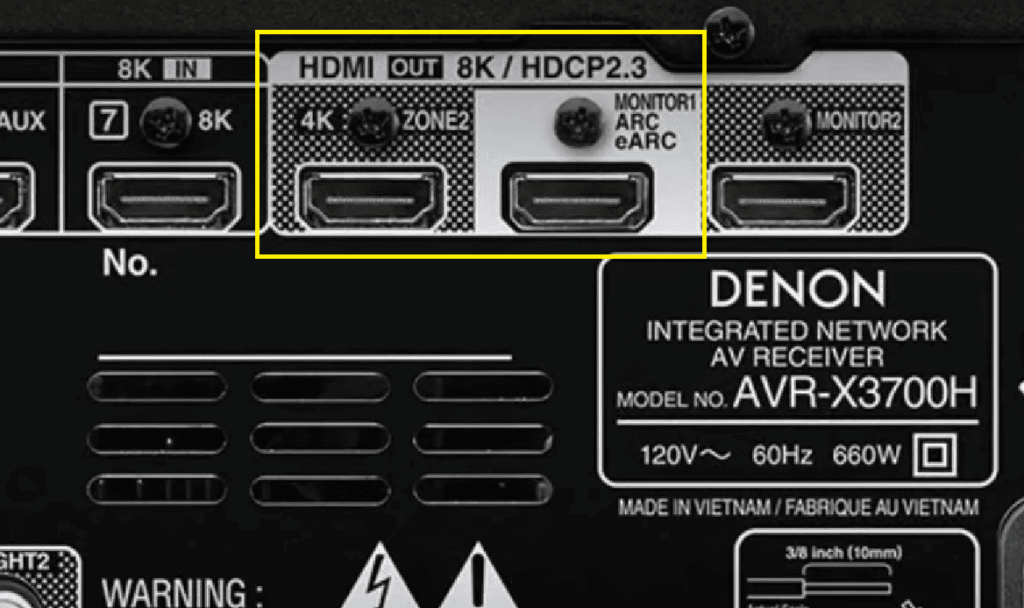
Why is my 4K TV not playing in 4K?
Various factors can cause your 4K TV not to play content at 4K resolution, which also depends on the video source. Below is a rundown of why your 4K-compatible TV cannot play content at 4K resolution.
- The download speed of your internet connection is way below 15 megabits per second.
- Your premium streaming subscription plan doesn’t include 4K streaming.
- The streaming quality on the streaming app is set to Auto, allowing it to lower the video quality whenever your internet connection slows down to prevent buffering.
- The external media player you’re connecting to your TV isn’t compatible with 4K content.
- The HDMI cable you use to connect your TV to the external input device doesn’t support HDMI v2.0.
- You plugged the HDMI cable into a standard port on your TV instead of the one compatible with HDCP 2.2 or higher.
Can you use a 4K TV to watch non-4K content?
A 4K TV can watch content at any resolution, including 8K quality videos. Note that 8K resolution content won’t be as enjoyable to watch on
A 4K TV as they’re meant to be played on an 8K-compatible device.
In the case of lower resolution content, your 4K TV will upscale the video to try and fill in the entire display with the necessary pixels to make it fit the Ultra HD 4K screen. 1080p videos are the best lower-resolution content on a 4K TV.
How to make the most out of your 4K TV?
The only way to make the most of your 4K TV is to play 4K resolution content meant to be enjoyed in your unit. You can do this by making sure you meet the exact requirements to play 4K content on whatever platform you choose to play it from.
For 4K streaming, we recommend getting a fast and stable internet connection that doesn’t exceed 15 megabits per second download speed. Doing so will allow your 4K TV to stream the content without experiencing any kind of lag or buffering.
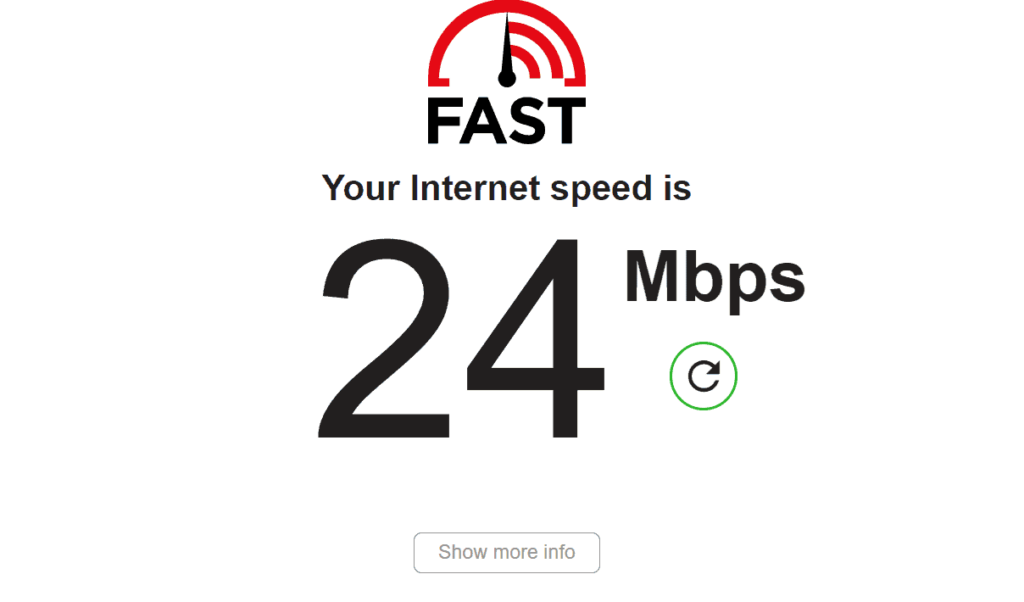
You also need to make sure that the settings on your TV and the streaming app are set to the highest value that can play 4K content at its best. If you plan to watch physical Blu-ray movies on your TV, ensure your external media player is 4K-ready.
Plus, the HDMI cable you’re using must be plugged into the correct port on your TV that’s compatible with 4K content. As mentioned, the cable must also support HDMI 2.0 to transmit high-quality data on your 4K TV reliably.
FAQs about 4K TVs
What happens if I play 4K content on my 1080p TV?
A 4K content is automatically downscaled on a 1080p TV to fit the lower resolution of the hardware. This will result in a sharper video quality as 4K content has four times more pixels than 1080p content.
Four pixels must be compressed into one for the 4K content to fit the 1080 resolution screen perfectly. While this might not hold a candle to playing content on a 4K TV, it’s much better than playing native 1080p content on a 1080p TV.
How is 4K different from UHD?
The actual resolution differs between a 4K and an Ultra HD display since the former is 4096×2160 and the latter is only 3840×2160. There definitely is a difference in the number of pixels.
However, Ultra HD is also considered 4K resolution since it’s often rounded up as the difference isn’t big enough to rule it out.
UHD can be 4K, but true 4K is technically not UHD. While the slight difference between the two is often disregarded for simplicity, the fact that they have their differences cannot be ignored.
Does 4K need a special HDMI cable to work?
A cable with HDMI v2.0 support is required to transmit the data to play 4K content reliably on your TV. If your HDMI cable doesn’t meet this requirement, enjoy 4K content even with a TV and external input device that supports this resolution.
How do I measure the TV screen quality?
The pixel count is used to measure the quality of a TV screen. Simply put, a TV screen with a resolution will have more pixels, which can display quality videos and images since they make the content look sharper and more vibrant.
Another thing that can be used to measure a TV screen’s quality is the type of LCD panel it uses. The pricier OLED panels are superior to LCD panels such as IPS, VA, and TN.





